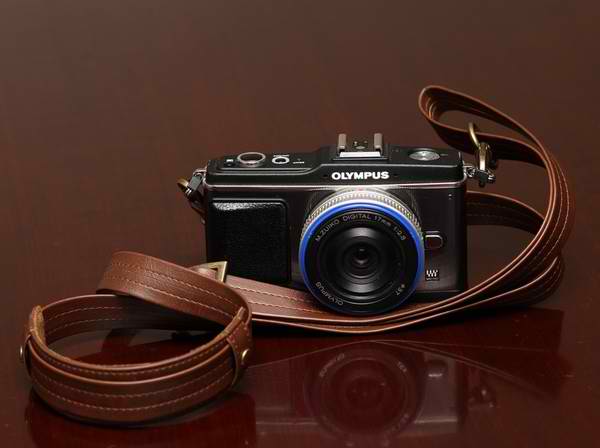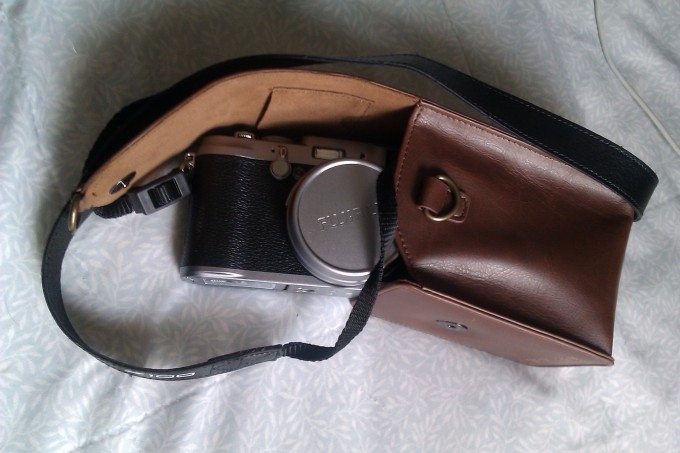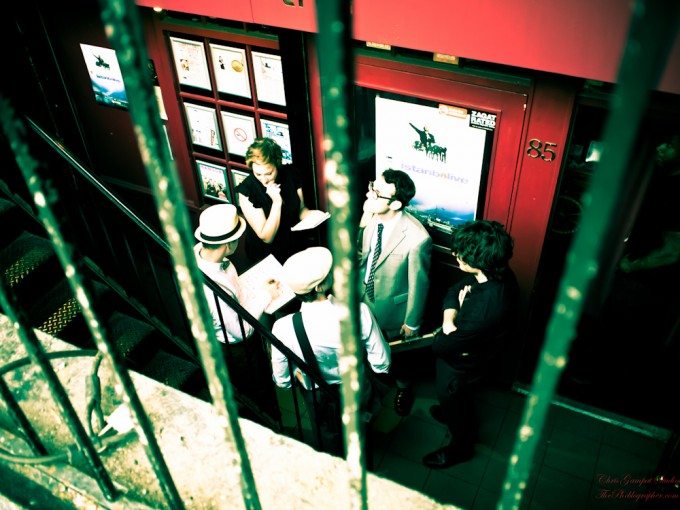Last Updated on 06/21/2011 by Julius Motal
Her name is Mary-Jane: and she is my beloved Olympus EP-2. I’ve compared it against the Fuji X100 before, and many people couldn’t tell the difference between the two cameras’ image quality. But beyond the image quality, there are many reasons why one would want to consider other cameras over the Fuji X100. Now don’t get me wrong, I gave the X100 a very good review and it is indeed a well loved camera, but in the end we must not only remember that it’s the photographer that takes the images but also that some tools are easier to work with than others.
Before you continue reading, please note that this piece is my opinion and that I’ve recently taken to the philosophy of embracing a camera’s flaws to work for me instead of working against it. That means if the high ISOs will destroy an image, I’ll use the Art Filters on the camera. If the focusing isn’t working correctly, I just may not go for the image instead of struggling. Additionally, I may go for a totally different angle instead or stop the lens down and use the hyperfocal length method of shooting.
Cost in the Package
The Olympus EP-2 and 17mm pancake lens is around half the price of the Fuji X100. What you’re paying for with the X100 is a better sensor, an optical viewfinder, great body construction, and a quietly sexy profile. Many readers couldn’t tell the difference between the two cameras in our image quality/lens test. Though the Fuji X100 did reteach me a couple of things about street photography, it first and foremost made me remember that gear lust is indeed just that—gear lust. There is quite a bit of hype around the X100 and rightfully so (see our review), but the same things can be done with the venerable Micro Four Thirds camera.
Also keep in mind that it’s your technique and in the end, the photographer that ultimately takes the images. It just so happens that crosswalks are always a great place to find those images.
Instagram and Hipstamatic: But More Powerful
If you’re an iPhone or mobile photographer, perhaps you know about Instagram, Hipstamatic, Vignette, and Retro Camera. The great news is that you can achieve those same effects with the EP-2 and an Eye-Fi Card, and then send them off to the web.
Though we ripped them apart in all of our previous reviews of Olympus cameras, the Art Filter feature is actually quite fun to use. What’s more, you’ll be able to achieve some effects that you may not necessarily know how to pull off in Lightroom or Photoshop. In time, I’ve come to embrace the Cross Processing, Pinhole, Pop Art, and Grainy Film modes because they almost come close to what I’d do to achieve these effects in post-production anyway.
Although the Fuji X100 has film modes, the same creative possibilities aren’t present as with the Olympus EP-2.
Interchangeable Lenses
Do you know how wonderful the Zeiss Biotar 58mm F/2 lens is? It’s an M42 lens from way back and can be adapted to my EP-2 very easily with an M42 adapter. Not only that but if I want, I can switch out to the very good Panasonic 20mm F/1.7, 14mm F/2.5 and other primes. With the Fuji X100, you’re limited to a 35mm equivalent focal length. Now, what if you’re not a fan of that focal length? And what if you want another lens of some sort? You’re stuck with just that one.
Now keep in mind that the Fuji X100 was designed with a very particular audience in mind and that said audience/target market would probably go for that focal length and forget about the rest. But as I’ve seen from talking with other Micro Four Thirds users, they are generally the same: they only go with a couple or one focal length and work with the specific characteristics of that lens. However, the fact that I have the option to swap out has been very useful to me in various street photography situations.
Autofocus
Make no mistake: when these cameras are focusing in fully lit situations, they shine. However, when it comes to low light, only one can focus better than the other—or so you think!
When not focusing at what is considered macro distances for both lenses, I’ve found them both to be roughly equal, with the EP-2 being a slightly tad bit faster and miles faster in low light. For reference, I’m using the 17mm F/2.8 (Olympus’s own lens).
But when it comes to macro focusing (4 inches away to around a foot) the Fuji X100 is faster and the contrast AF system on the Olympus can hunt a bit. Minimum focusing on the Fuji X100 is around 3 feet before you need to switch into the Macro setting—and at three feet the Olympus is still winning.
The Manual Focus is Actually Useful
Manually focusing the X100 (which I tried to do at times and that I sometimes do with my EP-2) is slow and not very accurate. Though the viewfinder for the X100 is very bright and displays a distance scale on the bottom of the screen for you to see how far away you’re focusing, the EP-2 will magnify the focused area by 10 or 7 times for you to achieve absolute perfect focusing.
When you combine all of these factors together, the more affordable options do indeed start to look better.
Please Support The Phoblographer
We love to bring you guys the latest and greatest news and gear related stuff. However, we can’t keep doing that unless we have your continued support. If you would like to purchase any of the items mentioned, please do so by clicking our links first and then purchasing the items as we then get a small portion of the sale to help run the website.
Also, please follow us on Facebook, Flickr and Twitter.





